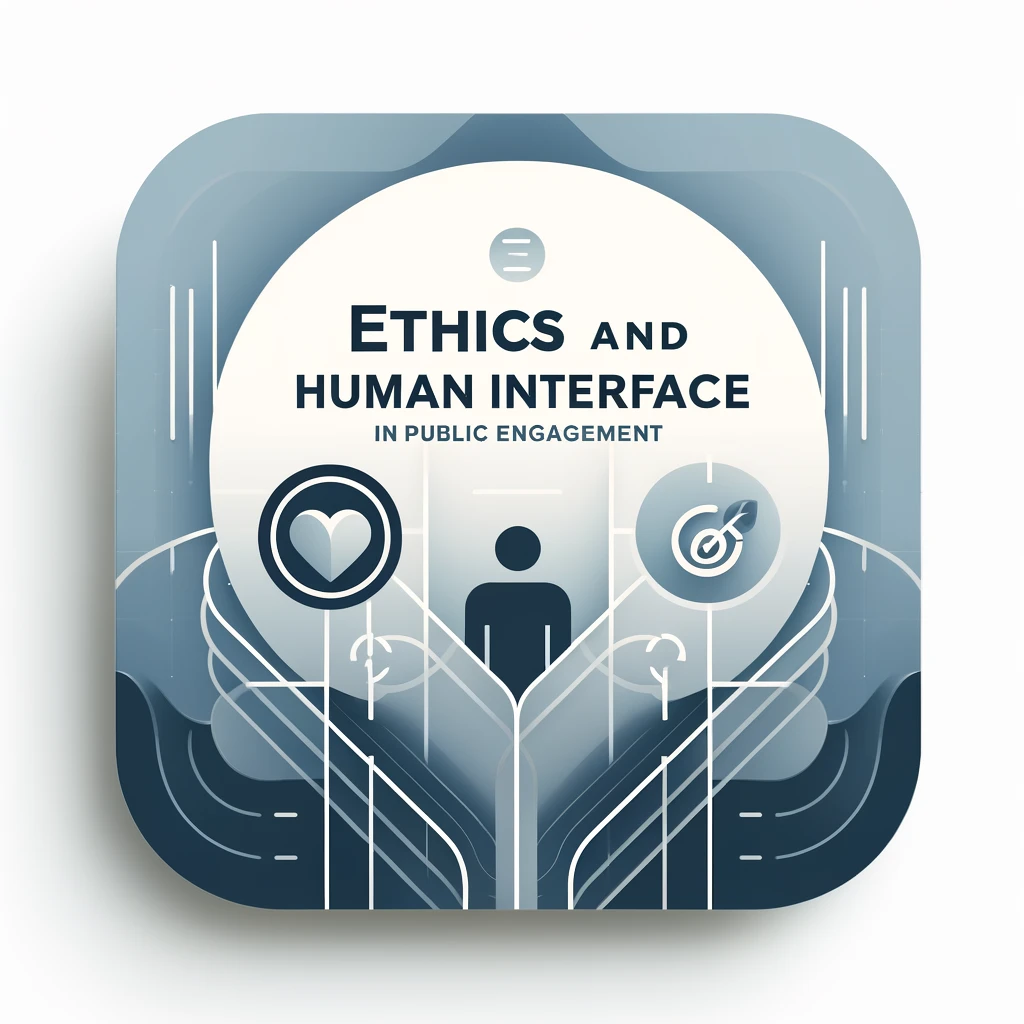Information Technology (IT) has become an integral part of business operations, driving innovation, efficiency, and growth. This article explores the transformative impact of IT across various aspects of business, including cloud computing, big data and analytics, e-commerce, cybersecurity, and fintech. We will analyse each area in detail, providing insights into real-world applications, market trends, and future developments.

1. Impact of Cloud Computing
1.1 Transformation of Business Operations:
Cloud computing involves delivering computing services—such as servers, storage, databases, networking, software, and analytics—over the internet (“the cloud”). This technology has revolutionized how businesses operate by providing scalable and flexible resources.
Key Benefits:
- Cost Efficiency: Businesses can reduce capital expenditure on IT infrastructure, shifting to a pay-as-you-go model that aligns costs with usage. According to Gartner, cloud spending in 2020 was expected to reach $257.9 billion, with companies saving an average of 15-20% on IT costs.
- Scalability: Cloud services allow businesses to scale resources up or down based on demand. This flexibility supports business growth and seasonal fluctuations without the need for significant upfront investment in hardware.
- Accessibility: Employees can access data and applications from anywhere with an internet connection, supporting remote work and collaboration.
Real-World Applications:
- Amazon Web Services (AWS): AWS provides a comprehensive suite of cloud services that businesses use to build and deploy applications. Companies like Netflix rely on AWS for streaming services, benefiting from its scalability and global reach.
- Dropbox: Dropbox uses cloud storage to provide secure file sharing and collaboration tools for individuals and businesses, demonstrating how cloud computing enhances productivity and data management.
Challenges and Future Trends:
- Security Concerns: While cloud providers invest heavily in security, businesses must still ensure their data is protected against breaches and comply with data regulations.
- Hybrid Cloud Solutions: The future of cloud computing lies in hybrid solutions that integrate private and public clouds, offering businesses greater flexibility and control over their data and applications.
2. Big Data and Analytics
2.1 Role in Decision-Making:
Big data refers to the vast volumes of structured and unstructured data generated by businesses daily. Data analytics involves examining this data to uncover patterns, correlations, and insights that inform business decisions and strategies.

Key Benefits:
- Enhanced Decision-Making: Data-driven insights help businesses make informed decisions, identify trends, and respond to market changes effectively. For example, according to a McKinsey report, data-driven organizations are 23 times more likely to acquire customers and 19 times more likely to be profitable.
- Personalization: Data analytics enables businesses to personalize customer experiences by analyzing behavior and preferences. Companies like Amazon and Netflix use predictive analytics to recommend products and content tailored to individual users.
Real-World Applications:
- Retail: Walmart uses big data analytics to optimize supply chain management, reduce costs, and improve customer satisfaction. By analyzing sales data, Walmart can forecast demand and manage inventory more efficiently.
- Healthcare: Big data analytics in healthcare helps improve patient outcomes by identifying trends and risk factors, enabling preventive care and personalized treatment plans.
Challenges and Future Trends:
- Data Privacy: Ensuring the privacy and security of customer data is crucial, particularly with increasing regulations such as GDPR. Businesses must balance data utilization with compliance requirements.
- Advanced Analytics: The future of data analytics includes advancements in artificial intelligence and machine learning, which will enable more sophisticated analysis and predictive capabilities.
3. E-commerce Growth and Trends
3.1 Rise of E-commerce Platforms:
E-commerce has experienced exponential growth, driven by the increasing preference for online shopping and advancements in technology. According to Statista, global e-commerce sales were projected to reach $4.9 trillion in 2021, up from $3.5 trillion in 2019.

Key Trends:
- Mobile Commerce: The proliferation of smartphones has led to a surge in mobile commerce, with mobile transactions accounting for over 70% of e-commerce sales in 2021.
- Social Commerce: Social media platforms are becoming key e-commerce channels, allowing businesses to reach customers directly through targeted advertising and integrated shopping features.
Impact on Traditional Retail:
- Market Shift: Traditional brick-and-mortar retailers are facing significant challenges from e-commerce giants like Amazon and Alibaba. Many are adopting an omnichannel approach, integrating online and offline sales to remain competitive.
- Job Displacement: The shift to e-commerce has led to changes in the retail job market, with increased demand for logistics and customer service roles and a decline in traditional retail positions.
Real-World Applications:
- Amazon: Amazon’s extensive e-commerce platform offers a vast range of products and services, leveraging technology for seamless shopping experiences and efficient logistics.
- Shopify: Shopify provides a platform for small and medium-sized businesses to set up online stores and reach a global customer base, demonstrating the democratization of e-commerce.
Challenges and Future Trends:
- Sustainability: The environmental impact of e-commerce, particularly in terms of packaging and delivery, is a growing concern. Businesses are exploring sustainable practices to reduce their carbon footprint.
- Augmented Reality (AR): The future of e-commerce includes AR technologies that enhance the shopping experience by allowing customers to visualize products in their environment before purchasing.
4. Cybersecurity in Business
4.1 Importance of Cybersecurity Measures:
As businesses increasingly rely on digital technologies, the importance of cybersecurity cannot be overstated. Cyber threats pose significant risks, including data breaches, financial loss, and reputational damage.
Key Risks:
- Data Breaches: Cyberattacks can lead to unauthorized access to sensitive data, with significant financial and legal implications. For example, the Equifax data breach in 2017 exposed personal information of 147 million people, resulting in over $1.4 billion in costs.
- Ransomware: Ransomware attacks, where hackers encrypt data and demand a ransom for its release, are on the rise. The WannaCry attack in 2017 affected over 200,000 computers in 150 countries, highlighting the global nature of cyber threats.
Real-World Applications:
- FireEye: FireEye provides cybersecurity solutions that help businesses protect against and respond to cyber threats, showcasing the importance of proactive security measures.
- IBM Security: IBM offers a range of cybersecurity services, including threat intelligence and incident response, helping organizations manage and mitigate cyber risks.
Challenges and Future Trends:
- Skills Gap: There is a shortage of skilled cybersecurity professionals, with an estimated 3.5 million unfilled positions globally by 2021. Addressing this gap is crucial for enhancing security.
- Artificial Intelligence (AI): AI-driven cybersecurity solutions are emerging, offering advanced threat detection and response capabilities, representing the future of cybersecurity.
5. Emergence of FinTech
5.1 Reshaping Financial Services:
FinTech, or financial technology, refers to the use of technology to deliver financial services in innovative ways. It is transforming traditional banking, investment, and insurance sectors by offering more accessible, efficient, and personalized services.
Key Innovations:
- Mobile Payments: Mobile payment platforms, such as Paytm and Google Pay, have revolutionized the way people conduct transactions, particularly in developing countries with limited access to traditional banking services.
- Robo-Advisors: Automated investment platforms, or robo-advisors, provide algorithm-driven financial planning services, making investment management more accessible and affordable for a broader audience.
Real-World Applications:
- Paytm: In India, Paytm has transformed the payment landscape, offering services ranging from mobile payments to digital wallets and e-commerce, highlighting the impact of FinTech on financial inclusion.
- Robinhood: Robinhood’s trading platform democratizes access to financial markets, allowing users to trade stocks and cryptocurrencies with no commission fees, challenging traditional brokerage models.
Challenges and Future Trends:
- Regulation: FinTech companies must navigate complex regulatory environments to ensure compliance and protect consumer interests. Balancing innovation with regulation is a key challenge.
- Blockchain and Cryptocurrencies: The future of FinTech includes the integration of blockchain technology, offering enhanced security and transparency for financial transactions and the potential for new financial products.
Conclusion
Information Technology is a powerful driver of business transformation, impacting every aspect of operations, decision-making, and service delivery. From the scalability of cloud computing to the data-driven insights of big data analytics, the convenience of e-commerce, the necessity of cybersecurity, and the innovation of FinTech, IT is reshaping the business landscape. Understanding these trends and their implications is crucial for UPSC aspirants, as they reflect the ongoing digital transformation and its impact on the economy and society.


